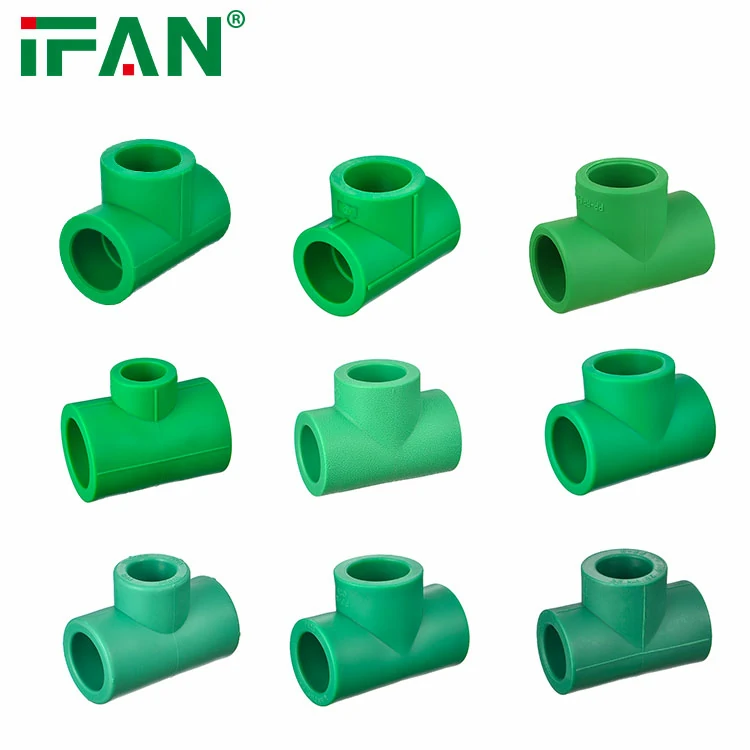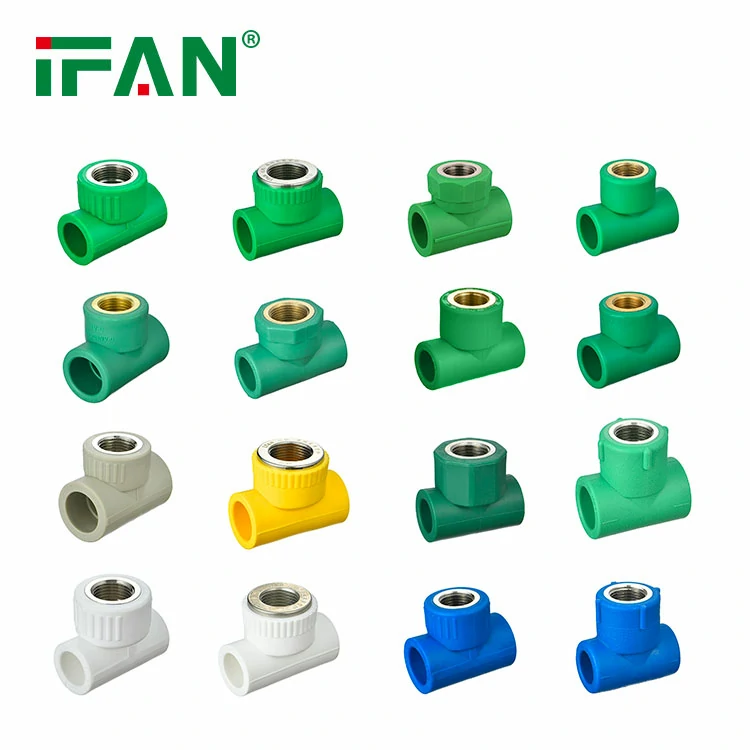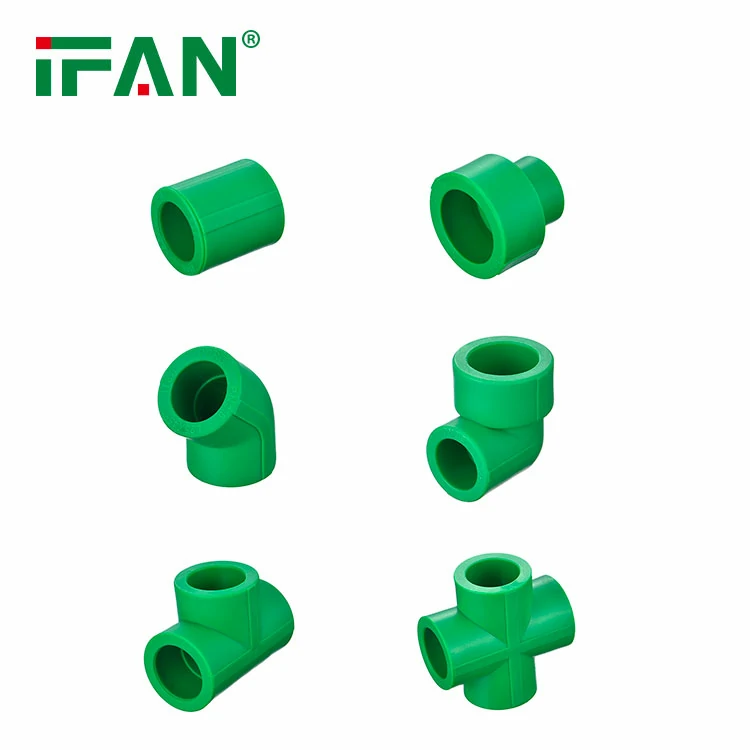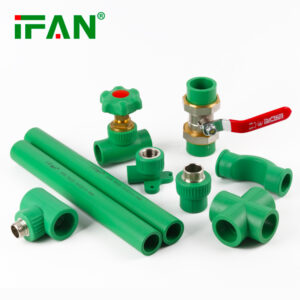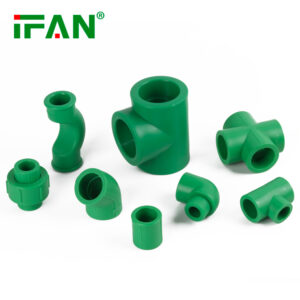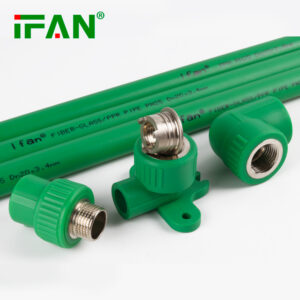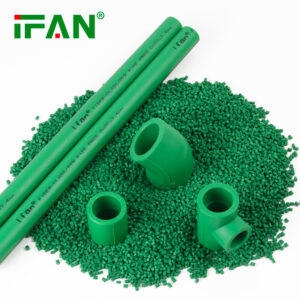Description
IFAN factory 30+ years manufacture experience support color /size customization support free sample.Welcome to consult for catalog and free samples.This is our Facebook Website:www.facebook.com,Click to watch IFAN’s product video.Compared with Tomex products, our IFAN products from quality to price are your best choice, welcome to buy!
In the world of modern plumbing, PPR (Polypropylene Random Copolymer) fittings are quickly becoming the go-to solution for a wide range of applications. Known for their durability, reliability, and sustainability, PPR fittings are changing the way we approach plumbing systems. In this article, we will explore the many advantages of PPR fittings, why they are a future-proof choice for plumbing, and how they are revolutionizing the industry. Whether you are a professional plumber or a homeowner, understanding the value of PPR fittings can help you make informed decisions about your plumbing projects.
What Are PPR Fittings?
PPR fittings are plumbing components made from polypropylene, a thermoplastic polymer known for its excellent resistance to chemical corrosion, high temperatures, and pressure. These fittings are used to connect PPR pipes in various plumbing and heating systems. PPR fittings come in various shapes and sizes, including elbows, tees, couplings, and adapters, each designed for specific tasks in the plumbing system.
The manufacturing process of PPR fittings involves melting the polypropylene material and molding it into the desired shape. This results in a product that is lightweight, durable, and resistant to impact, making it ideal for a variety of plumbing installations.
Why PPR Fittings Are the Future of Plumbing
1. Durability and Longevity
PPR fittings are known for their exceptional durability. Unlike traditional metal pipes, which can corrode over time, PPR fittings are resistant to rust and corrosion, ensuring a longer lifespan. This makes them an excellent choice for both residential and commercial plumbing systems. PPR fittings can withstand high pressures, temperature fluctuations, and aggressive chemicals, making them highly reliable in diverse plumbing conditions.
2. Cost-Effective Solution
While the initial cost of PPR fittings may be slightly higher than traditional PVC or metal pipes, the long-term benefits far outweigh the upfront cost. Since PPR fittings are durable and require minimal maintenance, they offer excellent value for money. Their long service life and resistance to damage mean fewer repairs and replacements, saving both time and money in the long run.
3. Ease of Installation
One of the key advantages of PPR fittings is their ease of installation. Unlike metal pipes, which require welding or threading, PPR fittings use a simple heat fusion method to connect pipes. This process involves heating the ends of the pipes and fittings and then joining them together. Once cooled, the connection is strong and leak-proof. The simplicity of this method makes PPR fittings a popular choice for both professional plumbers and DIY enthusiasts.
4. Environmental Sustainability
As environmental concerns continue to grow, PPR fittings offer a more sustainable plumbing solution. They are made from non-toxic, recyclable materials, which means they are less harmful to the environment compared to traditional plastic or metal pipes. Additionally, the energy efficiency of PPR fittings reduces energy consumption in heating systems, making them an eco-friendly choice for modern plumbing installations.
5. Resistance to Chemicals and Corrosion
PPR fittings are highly resistant to a wide range of chemicals and harsh substances, including acids, alkalis, and salts. This makes them ideal for use in industrial applications where chemicals are frequently present. Additionally, PPR fittings do not react with water, which means they are less likely to cause contamination or rust in drinking water systems. The resistance to corrosion ensures that the fittings remain in good condition for decades.
6. Wide Range of Applications
PPR fittings are versatile and can be used in a variety of plumbing applications, including:
– Hot and cold water systems: PPR fittings are ideal for both hot and cold water installations due to their excellent heat resistance.
– Heating systems: They are commonly used in floor heating and central heating systems because of their ability to withstand high temperatures.
– Industrial applications: PPR fittings are used in industries that involve the transport of chemicals or high-temperature fluids.
– Drinking water systems: Since PPR fittings are non-reactive and corrosion-resistant, they are a safe choice for potable water systems.
How PPR Fittings Compare to Other Plumbing Materials
When it comes to plumbing systems, there are various materials available, including PVC, copper, and steel. However, PPR fittings stand out for several reasons:
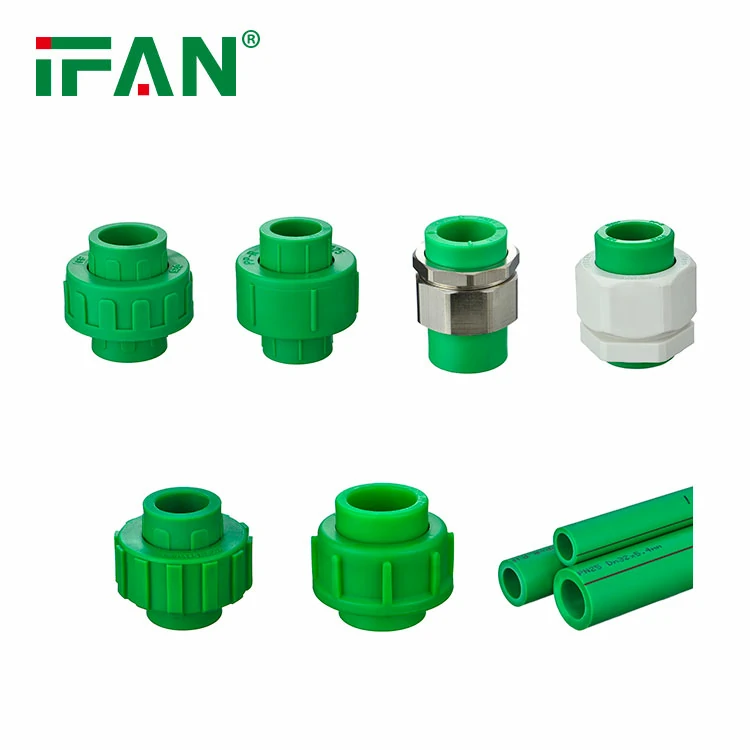
– PVC vs. PPR: While PVC is commonly used in plumbing, PPR fittings offer superior resistance to high temperatures and chemical exposure. PVC is also more prone to cracking under stress, while PPR remains intact under similar conditions.
– Copper vs. PPR: Copper pipes are often used in plumbing for their durability and heat resistance. However, copper is more expensive than PPR, and it is also prone to corrosion over time. PPR fittings, on the other hand, are more cost-effective and resistant to corrosion.
– Steel vs. PPR: Steel is durable but heavy and susceptible to rust. PPR fittings are much lighter, easier to handle, and immune to rust, making them a better choice for many plumbing installations.
The Growing Popularity of PPR Fittings
The popularity of PPR fittings continues to grow, with more people opting for them in both residential and commercial plumbing projects. Their combination of affordability, durability, and environmental friendliness makes them an attractive option for modern plumbing solutions. In addition, the growing trend toward eco-friendly and sustainable building practices has further fueled the demand for PPR fittings.
Conclusion
PPR fittings are undoubtedly the future of plumbing. With their remarkable durability, cost-effectiveness, ease of installation, and environmental benefits, they are quickly becoming the preferred choice for plumbing systems worldwide. Whether you are upgrading your home’s plumbing, building a new commercial project, or designing an industrial system, PPR fittings offer a long-lasting, reliable, and sustainable solution.
As more industries and homeowners recognize the advantages of PPR fittings, the future of plumbing looks brighter than ever. Embrace this innovative technology and take your plumbing system to the next level with PPR fittings.
Frequently Asked Questions (FAQs)
1. What is the difference between PPR and PVC fittings?
PPR fittings are more resistant to high temperatures and chemicals compared to PVC. They also offer superior durability and corrosion resistance, making them a more reliable choice for both residential and industrial plumbing systems.
2. Can PPR fittings be used for hot water systems?
Yes, PPR fittings are designed to withstand high temperatures, making them ideal for both hot and cold water systems. They can handle temperatures up to 95°C (203°F) without degrading.
3. How long do PPR fittings last?
PPR fittings have a lifespan of up to 50 years or more, depending on usage and installation conditions. Their durability ensures fewer repairs and replacements over time.
4. Are PPR fittings environmentally friendly?
Yes, PPR fittings are made from recyclable materials and do not release harmful chemicals into the environment. They are an eco-friendly choice for plumbing systems.
5. Can I install PPR fittings myself, or do I need a professional plumber?
PPR fittings can be easily installed using the heat fusion method, which makes them suitable for both professional plumbers and DIY enthusiasts. However, it’s recommended to have a professional plumber install them for large-scale or complex systems to ensure proper installation.
Related products
-
PPR Fittings
Green PPR Plastic Material Fittings
-
PPR Fittings
What is the PPR Fittings


